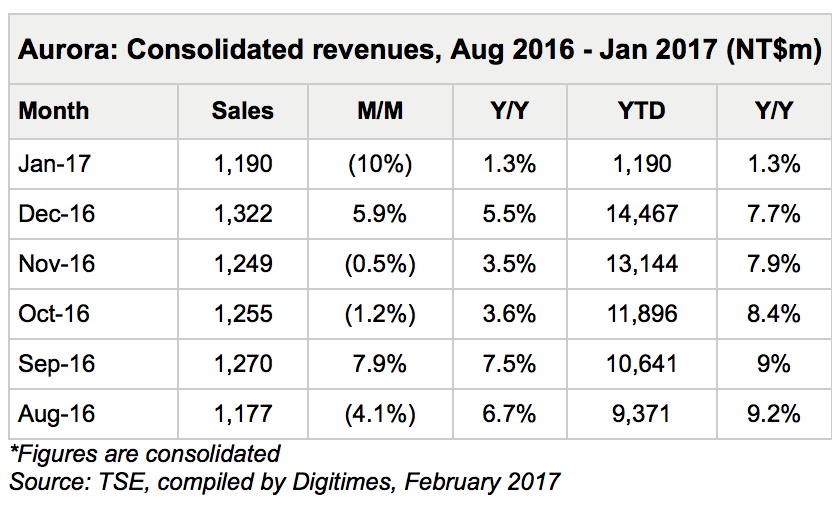General Integration Technology (GIT), the 3D printer and scanner distribution subsidiary of Taiwanese Aurora Corporation (TWSE:2373), has reported a 23% increase in revenue for 2016.
Consolidated revenues for January are valued at NT$1.190 billion (US$37.8 million), contributing to an overall annual growth of 39%.

Resellers of market leading 3D technology
Aurora’s investment in GIT began in 2014 when the corporation contributed NT$113 million (US$3.7 million) to the distributor becoming their majority stakeholder.
GIT are a leading reseller of Stratasys 3D printers for Asia. The company also sell 3D scanners for market leaders including Artec and Perceptron. In Perceptron’s recent results for the Second Quarter of 2016, the company showed increased sales for Asia, with a total revenue increase of 28%.
Showing no intentions of slowing down their 3D printing business, Aurora are entering into partnerships some of Asia’s leading medical research univertities.
Expansion into 3D medical research institutions
In October 2016, Aurora set up Changyang Biomedical International as a venture with with Taiwan’s China Medical University. 3D medical services provided by Changyang Biomedical International build on the university’s existing Research & Development center first set up in 2014. The aim is to provide 3D printed dental, orthopedic and surgical planning services on an wider, ultimately international, scale.
In the same month of 2016, China Medical University also hosted the “International Symposium in Innovative Medical Application and Clinical Use” with leading clinicians and medical professionals.
There are plans to further Aurora’s 3D medical printing branch in partnership with Shanghai Jiao Tong University and the renowned Ruijin Hospital.

One of the Shanghai Jiao Tong University’s most recently published research papers is concerned with the fabrication of bone scaffolds through a combined 3D printing and an electrospinning technique.
Supporting medical research in such a manner is essential to the continued development 3D technology – an opinion shared by many of the 3D medical researchers Industry spoke to at the 3D Medical Expo in Maastricht earlier this month. It is also one of the key industries for 3D printing applications.
Showing such promising growth and partnering with leading researchers is going to make the next year of Aurora’s 3D printing business an interesting one. Industry will keep our readers updated in the usual ways: via our newsletter and on Facebook and Twitter.
Nominations for 3D printing excellence in the first Industry Awards can be made here.
Featured image shows The Aurora Plaza building in Shanghai. Photo by Jakob Darger

Leave A Comment